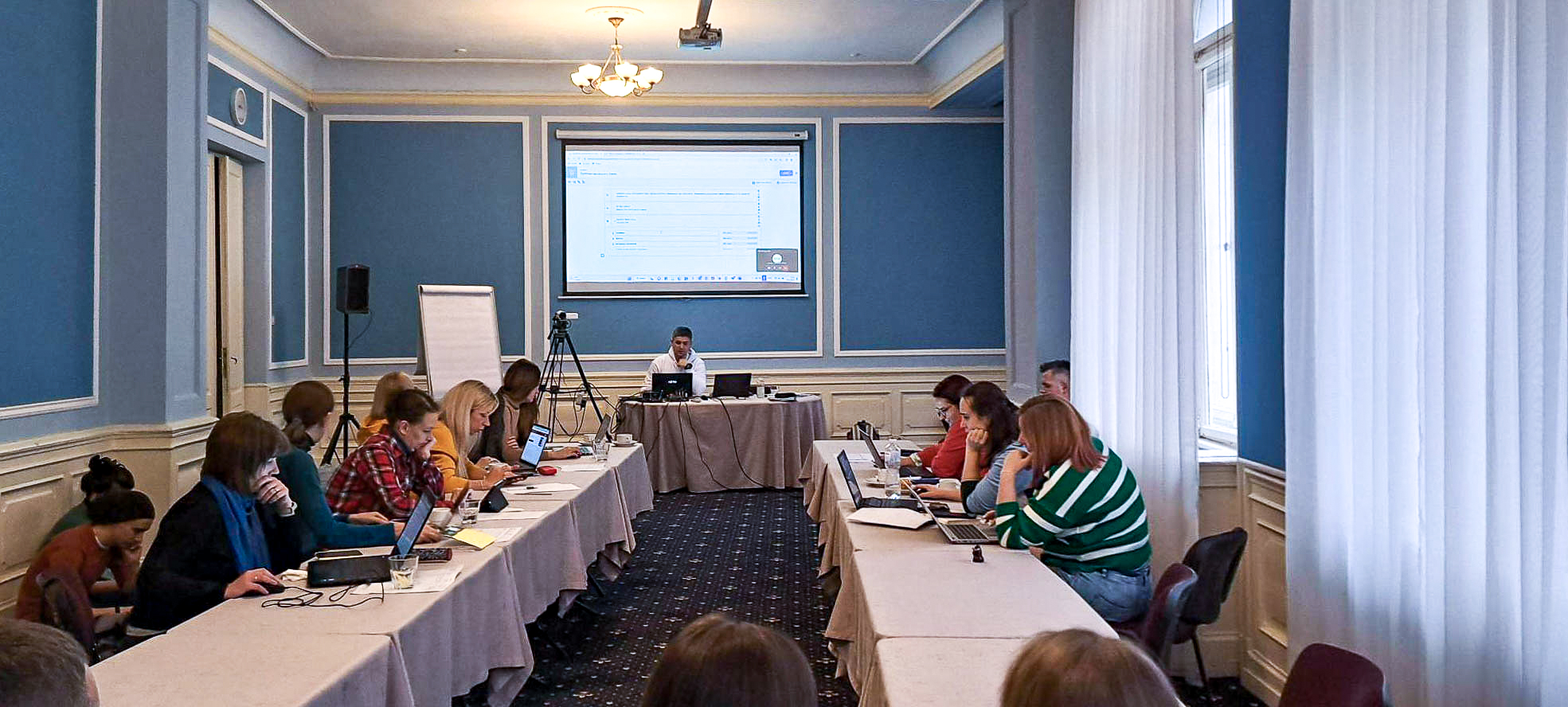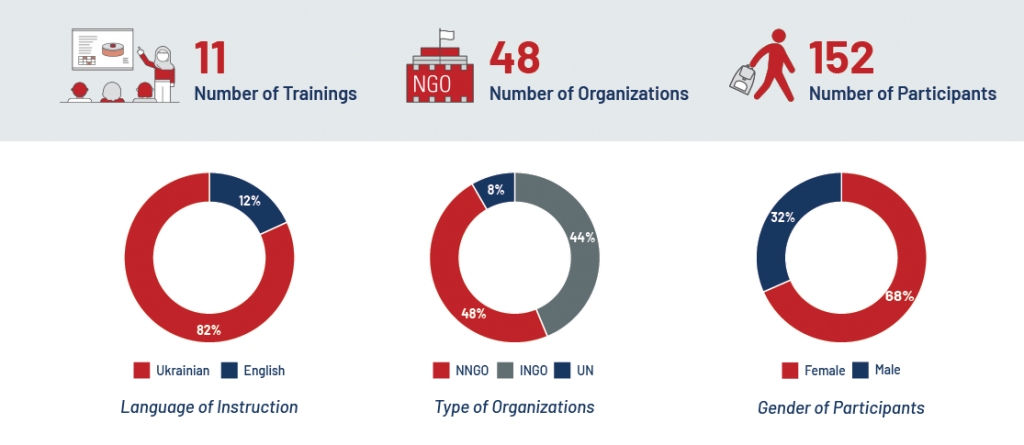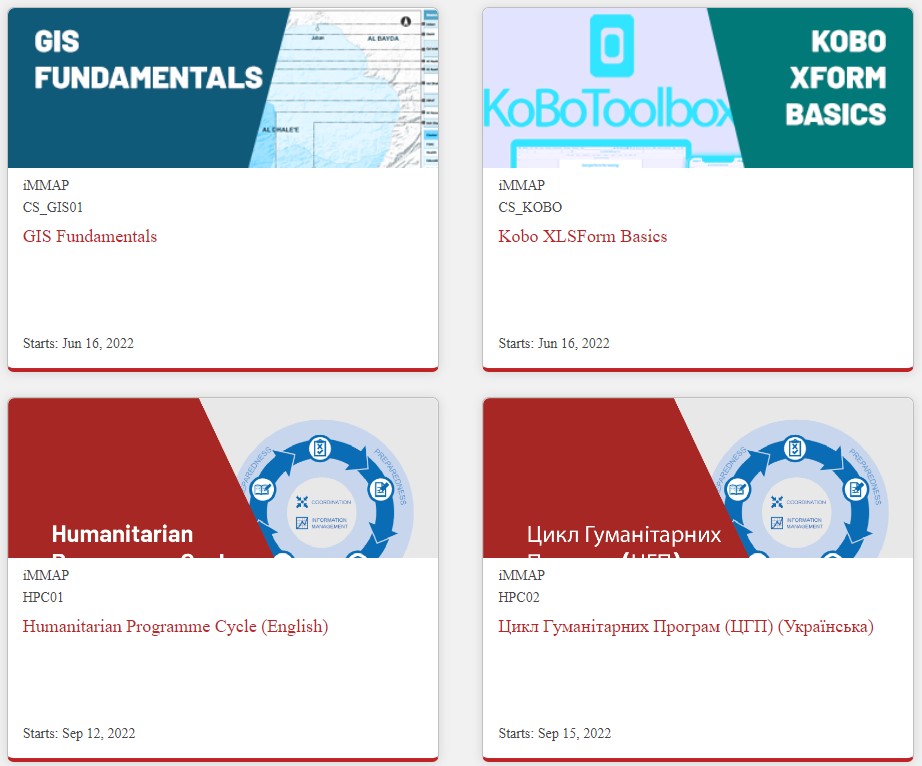Since the conflict in Ukraine escalated into a war on February 24th, 2022, humanitarian needs across Ukraine have increased drastically. According to the Office for the Coordination of Humanitarian Affairs (OCHA) over 17.6 million people in Ukraine need some form of humanitarian assistance, while 6.3 million people have been displaced across the country and are still trying to find safety. With temperatures during the winter season falling below -10°C, disruptions in heating and water supplies further exacerbate the situation for many.
At a very early stage of the humanitarian emergency, iMMAP deployed, via the Standby Partnerships (SBPs) mechanism, 9 IM experts to the most critical sectors in order to enhance and help establish the humanitarian information management mechanism for clusters, some just newly activated. A few month later, iMMAP opened a country program and launched its project titled "Provision of Information Management Support to Ukraine Crisis Response Clusters". was launched to ensure the continuity of the support provided by iMMAP to the humanitarian coordination sector. The goal of the project is to provide essential information management (IM) support to humanitarian actors in order to facilitate the enhancement of the coordination mechanism, which will ultimately lead to better identification of the needs and gaps in humanitarian assistance across the country.
The severity of humanitarian needs has led to a surge of hmanitarian organizations, some with massive scale-up of their response operations. Between March and December 2022 alone, the number of humanitarian organizations in Ukraine has more than quadrupled, from 159 to 707 partners with planned, ongoing, or completed activities, highlighting the need for enhanced coordination and information management. At the same time, National Non-Governmental Organizations (NGOs) account for nearly two-third of all active organizations and are often the only ones able to access hard-to-reach areas.





